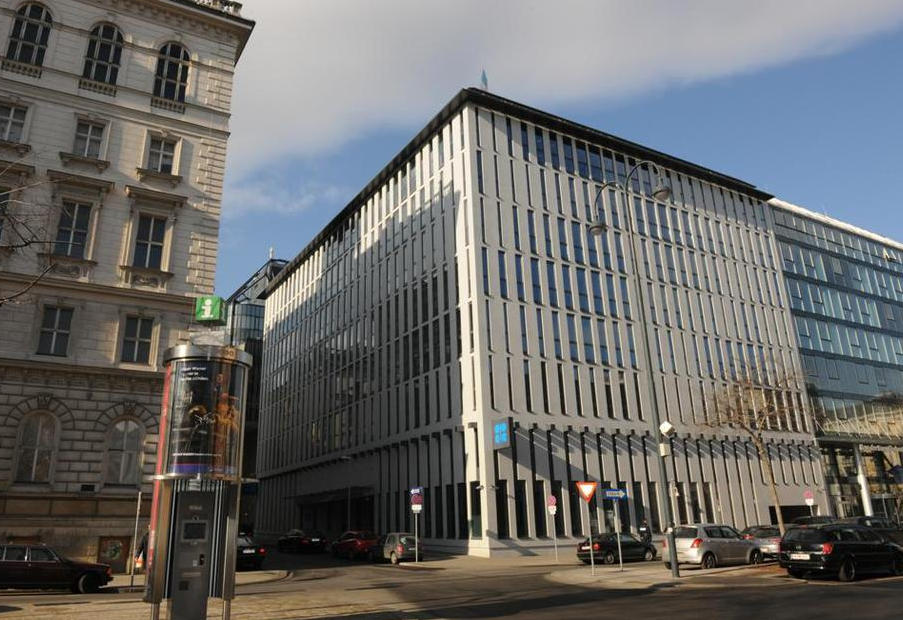
When it comes to deciding how much to charge Asian oil buyers, OPEC members are showing little regard for tradition.
Suppliers from the Organization of Petroleum Exporting Countries have long moved in lockstep, raising or lowering prices in tandem. Now, Kuwait is undercutting Saudi Arabia by the most on record and Iraq is also selling its oil more cheaply than the group’s biggest member. Qatar is pricing cargoes at the biggest discount in 27 months to competing crude from the U.A.E.’s Abu Dhabi.
While the group that accounts for about 40 percent of global oil supplies maintains a collective strategy of flooding the market with crude, the semblance of unity has vanished when setting monthly selling prices. With Asia forecast to account for most of the growth in global oil demand this year, competition for the region’s buyers is trumping historical allegiances.
“It’s a full-on fight for market share within OPEC,” said Virendra Chauhan, a Singapore-based analyst at industry consultant Energy Aspects Ltd. “That’s even as the group tries to fend off a rise in non-OPEC production from countries such as Russia, Brazil and the U.S.”
The battleground is the Asia-Pacific region, which will account for about 34 percent of global oil demand in 2015, according to the latest monthly report by the International Energy Agency. China alone will be responsible for more than a quarter of consumption growth next year, the Paris-based group forecasts. The nation is importing near record amounts as it takes advantage of low prices to fill its stockpiles.
Kuwait’s official price for its Export Blend crude to Asia was a record 65 cents cheaper than Saudi Arabia’s similar- quality Arab Medium crude in October and 60 cents for November. The difference has widened from 40 cents at the beginning of 2014.
Iraq’s selling its Basrah Heavy grade $3.70 a barrel below Saudi Arabia’s Arab Heavy variety, the biggest discount since April when Iraq started marketing the oil. Qatar Land crude is $1.20 a barrel cheaper than Abu Dhabi’s Murban, the most since official selling prices were set for June 2013, according to data compiled by Bloomberg. The spread was as narrow as 40 cents in May.
As they seek to cement relationships with long-term customers, OPEC producers including Saudi Arabia are competing among themselves, as well as with suppliers from outside the group, according to Bob Fryklund, the chief upstream strategist at IHS Inc.
“That’s why you saw some of those discounts, relative to other crudes in the world,” he said in an October 8 interview in Tokyo. “They continue to try to build those relationships.”
Oil prices collapsed to the lowest in six years in August as OPEC responded to a surge in supply from U.S. shale fields by opening its taps in an attempt to price higher-cost producers out of the market. OPEC said it pumped the most crude in three years in September, led by output gains in Iraq.
The strategy has worked to the extent that U.S. production dropped as the falling prices spurred oil drillers to sideline more than half the country’s rigs in the past year. Output is down over 500,000 barrels a day from a more than three-decade high of 9.61 million reached in June, weekly Energy Information Administration data show.
It has been costly for OPEC members that are dependent on oil revenue to balance their books. Saudi Arabia, which relies on oil for most of its revenue, is expected to post a budget deficit of almost 20 percent of gross domestic product this year, according to the International Monetary Fund.
Brent futures have fallen 15 percent on the London-based ICE Futures Europe exchange this year and traded at $48.82 a barrel at 12:39 p.m. Singapore time. OPEC’s own basket price, representing the main export crudes of all member countries, is 12 percent lower in 2015.
While OPEC predicts improving demand for its oil next year, there may be more supply from one member. Iran, OPEC’s fifth biggest producer, may boost output to 3.6 million barrels a day within six months if international sanctions against the country are eased, the IEA said on Oct. 13. The nation pumped 2.8 million barrels a day in September, data compiled by Bloomberg show. The additional supply may end up replacing similar grades from Saudi Arabia, Iraq or Russia, the agency said.
“There will likely be much more competition within OPEC when Iranian exports increase,” said Ehsan Ul-Haq, a London- based analyst at industry consultant KBC Advanced Technologies. “If Iran exports continue to go up, it will need to adjust its official selling price to be more attractive as compared with other similar grades.”